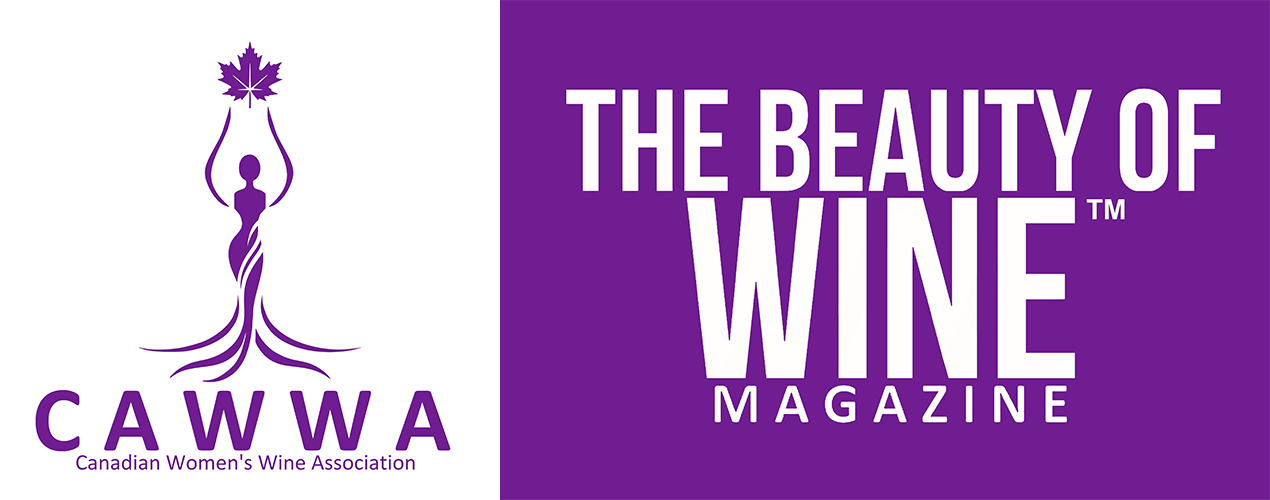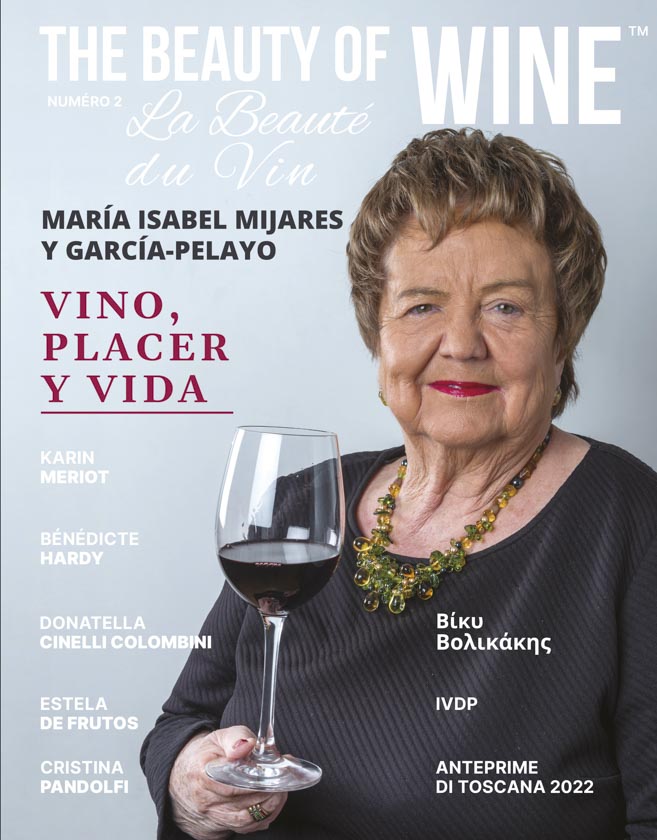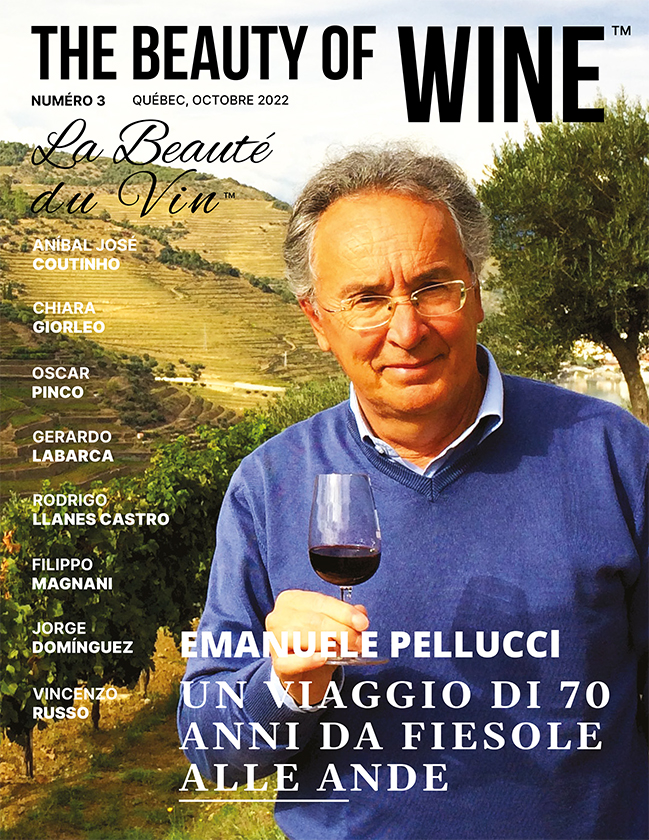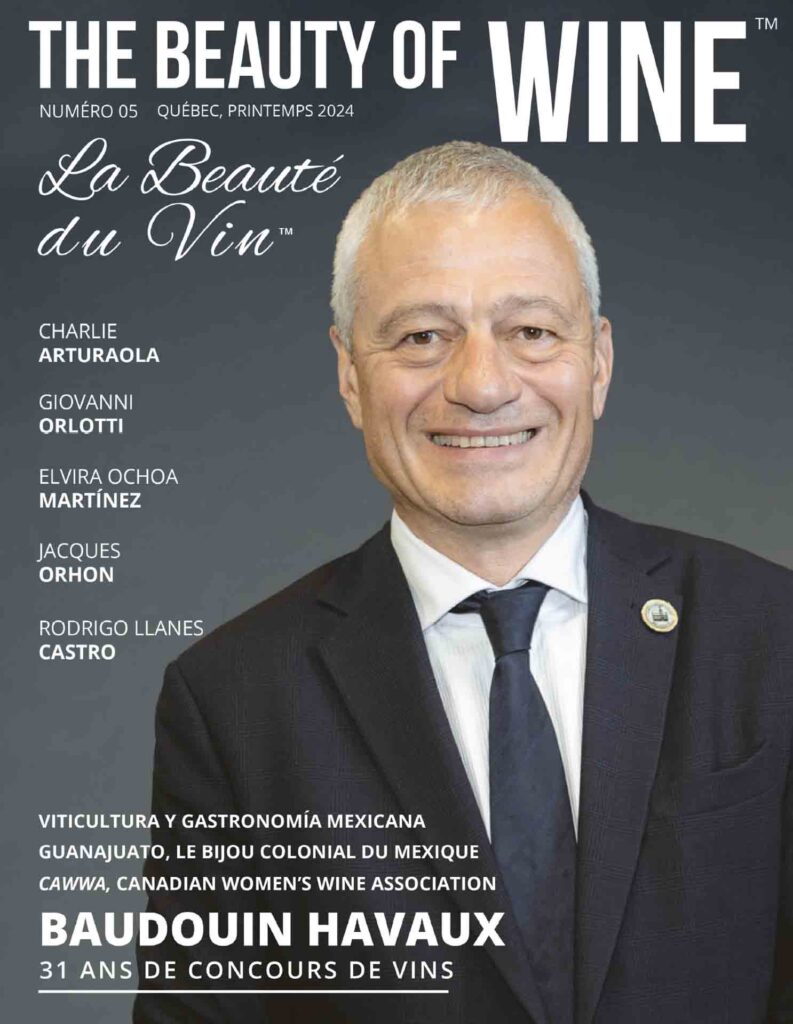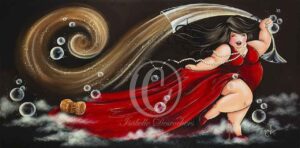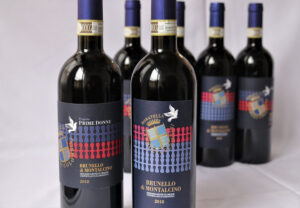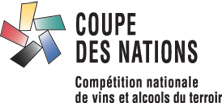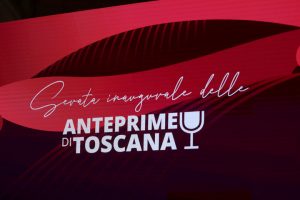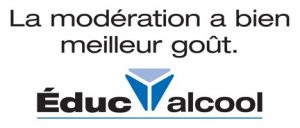Neuromarketing del vino
Il Neuromarketing del Vino
Un nuovo approccio per una comunicazione efficace del vino
di Vincenzo Russo
Professore di Psicologia dei Consumi e Neuromarketing, Ph.D
Coordinatore del Centro di Ricerca di Neuromarketing Behavior and Brain Lab IULM
Dagli anni Settanta in poi gli studi offerti dall’economia comportale e dalle neuroscienze hanno dimostrato che gli esseri umani, lungi dall’essere esclusivamente razionali, si lasciano guidare dalle dinamiche affettive nei processi decisionali, razionalizzando e giustificando con la ragione ciò che è stato in realtà scelto e preferito con l’emozione. Insomma “non siamo macchine pensanti che si emozionano, ma macchine emotive che pensano”. Ciò mette in seria discussione il modello razionalistico che ha caratterizzato lo studio dei consumatori. Si tratta di un vero e proprio ribaltamento paradigmatico del modo di intendere e studiare il consumatone che costringe gli esperti della comunicazione a non servirsi più solo delle tecniche di indagine classiche, come le interviste, i focus group, i questionari per sviluppare strategie di marketing efficaci. Questi strumenti, infatti, ci restituiscono un’informazione che non è relativa all’emozione, ma al pensiero rispetto all’emozione. Non a caso, già negli anni ’50, il più noto pubblicitario della storia del secolo scorso, David Ogilvy, scrisse che uno dei più grossi problemi nel campo delle ricerche di mercato è che “le persone non pensano ciò che sentono, non dicono ciò che pensano e soprattutto non fanno ciò che dicono”. Una frase che solleva una duplice questione, da una parte l’incapacità delle persone di essere pienamente “consapevoli” delle proprie reazioni di fronte alle stimolazioni ambientali e di consumo, e dall’altra, la difficoltà delle ricerche di mercato di individuare le motivazioni in Il neuromarketing del vino offre una serie di strategie e tecniche capaci di misurare direttamente, e senza l’intermediazione della razionalizzazione, il coinvolgimento emotivo provocato dal colore o dalle parole di un’etichetta, dalla struttura di un sito e dalle immagini utilizzate, dai colori, oppure per misurare la capacità che hanno gli stimoli comunicativi e di marketing di attirare l’attenzione sul prodotto e facilitarne la memorizzazione. Il neuromarketing è, infatti, un nuovo campo di studio, nato dalla convergenza delle teorie di marketing, delle scoperte neuroscientifiche sul funzionamento del cervello, dell’economia comportamentale, che permette ai produttori di rendere molto più efficaci le soluzioni di marketing utilizzate per promuovere il proprio vino.
Questo approccio risulta molto utile, per esempio, per valutare la funzionalità del packaging e delle etichette. Quest’ultima ha ruolo determinante nella scelta del vino, soprattutto per i non esperti e per la vendita della prima bottiglia. Da qui l’esigenza di definire cosa scrivere in un’etichetta. Da una parte abbiamo le indicazioni richieste dalla normativa, dall’altra, ciò che anima la fantasia del produttore o di chi si è occupato della comunicazione del prodotto. In realtà le ricerche neuroscientifiche ci indicano che la scelta dei colori, delle forme dell’etichetta e del packaging sono determinanti e non possono essere lasciate in balia dell’arbitrarietà o della passione del produttore. Sono determinanti anche le parole che si usano per descrivere un vino. Queste sono, infatti, potenti attrattori, capaci per la loro immediatezza di attirare l’attenzione, colpire emotivamente e rispondere (successivamente) alle richieste razionali del consumatore. Aspetti che possono essere studiati efficacemente con il neuromarketing.
Non a caso sono sempre più numerosi gli studi neuroscientifici sull’efficacia del packaging o dell’etichetta. Tra questi studi uno dei più interessanti è stato condotto sul valore delle parole utilizzate per raccontare per descrivere un prodotto. Il gruppo di neuroscienziati condotto da Lacey (2012) ha dimostrato, per esempio, come la scelta di una parola o di una frase possa avere un effetto sull’engagement del consumatore. Con la Risonanza Magnetica (fRMI) gli autori hanno dimostrato che anche le semplici frasi possono avere la capacità di attivare “sensorialmente ed emotivamente” i consumatori e che questo può essere usato per creare engagement. Per esempio hanno dimostrato che la frase “Il cantante aveva una voce di velluto” produce un effetto cerebrale diverso dalla frase “Il cantante aveva una voce gradevole”. Nel primo caso, infatti, si attiva non solo la parte del cervello deputata all’analisi linguistica, ma anche l’area del cervello deputata alla sensorialità tattile, risultando più coinvolgente. Altre ricerche avevano già dimostrato come le parole “caffè” o “profumo” attivassero sia le aree del cervello del linguaggio ma anche quelle legate ai profumi!
Da queste indicazioni è chiaro che il compito di chi progetta etichette o packaging è quello di “pesare” attentamente l’effetto che possono avere sul consumatore le parole utilizzate, sapendo anche che la maggior parte di essi si aspetta di avere le tre informazioni di base: i profumi e gli aromi che sentiranno, la storia del produttore e gli abbinamenti con il cibo. Per la progettazione di etichette o di packaging è sempre più necessario servirsi di queste informazioni e di strumenti neuroscientifici in grado di predire la capacità di engagement delle stimolazioni prodotte. Con un elettroencefalogramma (EEG) è possibile misurare la valenza emotiva provocata (positiva o negativa) e con un Eye Tracker analizzare il valore che hanno alcuni attributi visivi quali la lucentezza, il colore o la forma dello stimolo nel riuscire a rendere evidente il prodotto sullo scaffale e nella capacità di incrementare la durata delle fissazioni.
Riportiamo come esempio l’esito di un’indagine riguardante l’efficacia di etichette coinvolgendo esperti e non esperti. In una ricerca condotta con l’Associazione Sommelier della sessione Lombardia, dall’analisi visiva dell’etichetta di un vino con eye tracker si vede bene come l’attenzione dei consumatori esperti (sommelier) venga rivolta a aspetti diversi rispetto alla visione dei non esperti. Gli inesperti guardano aree che attirano poco i sommelier, come il marchio di certificazione biologica, il gradiente alcolico e la capienza della bottiglia. Forse sono queste le informazioni che il consumatore medio comprende e che, di conseguenza, osserva con interesse. Sarebbe un errore progettare etichette e packaging secondo le aspettative di esperti, a meno che non si tratti di una specifica e voluta strategia di posizionamento.
Per concludere, se John Wanamaker pioniere del marketing già alla fine dell’800 poteva dire la nota frase – “Io so che metà dei soldi che spendo in pubblicità sono del tutto sprecati… ma non so quale sia quella metà” – oggi grazie al neuromarketing è possibile capire quale metà dei soldi investiti in pubblicità potrà essere ben spesa per guidare il consumatore a scegliere un prodotto. Nasce con questa premessa questa rubrica che intende riportare le principali scoperte neuroscientifiche per rendere sempre più efficace il marketing del vino.
Bibliografia
Paul J. Zak, (2012) The Moral Molecule: How Trust Works, and Director of the Center for Neuroeconomics Studies at Claremont Graduate University.
S. Lacey, R. Stilla and K. Sathian. Metaphorically Feeling: Comprehending Textural Metaphors Activates Somatosensory Cortex. Brain & Lang. (2012).
Neuromarketing of wine
Wine Neuromarketing
A new approach for effective wine communication
by Vincenzo Russo
Professor of Consumer Psychology and Neuromarketing, Ph.D
Coordinator of the IULM Neuromarketing Behavior and Brain Lab Research Center
From the seventies onwards, studies offered by behavioral economics and neuroscience have shown that human beings, far from being exclusively rational, let themselves be guided by affective dynamics in decision-making processes, rationalizing and justifying with reason what has actually been chosen and preferred with emotion. In short, “we are not thinking machines that get excited, but emotional machines that think”. This seriously calls into question the rationalistic model that characterized the study of consumers. It is a real paradigmatic reversal of the way of understanding and studying the consumer that forces communication experts to no longer use only classic survey techniques, such as interviews, focus groups, questionnaires to develop effective marketing strategies. These tools, in fact, give us an information that is not related to emotion, but to thought with respect to emotion. Not surprisingly, already in the 50s, the most famous advertiser in the history of the last century, David Ogilvy, wrote that one of the biggest problems in the field of market research is that “people do not think what they feel, they do not say what they think and above all they do not do what they say”. A sentence that raises a double question, on the one hand the inability of people to be fully “aware” of their reactions to environmental and consumption stimulations, and on the other, the difficulty of market research to identify the motivations in Wine neuromarketing offers a series of strategies and techniques capable of directly measuring, and without the intermediation of rationalisation, the emotional involvement caused by the color or words of a label, the structure of a site and the images used, the colors, or to measure the ability of communication and marketing stimuli to draw attention to the product and facilitate its memorization. Neuromarketing is, in fact, a new field of study, born from the convergence of marketing theories, neuroscientific discoveries on the functioning of the brain, behavioral economics, which allows producers to make the marketing solutions used to promote their wine much more effective.
This approach is very useful, for example, to evaluate the functionality of packaging and labels. The latter has a decisive role in the choice of wine, especially for non-experts and for the sale of the first bottle. Hence the need to define what to write on a label. On the one hand we have the indications required by the legislation, on the other, what animates the imagination of the manufacturer or those who have dealt with the communication of the product. In reality, neuroscientific research shows us that the choice of colors, label shapes and packaging are decisive and cannot be left at the mercy of the arbitrariness or passion of the manufacturer. The words used to describe a wine are also decisive.These are, in fact, powerful attractors, capable for their immediacy of attracting attention, striking emotionally and responding (subsequently) to the rational requests of the consumer. Aspects that can be effectively studied with neuromarketing.
It is no coincidence that there are more and more neuroscientific studies on the effectiveness of packaging or label. Among these studies, one of the most interesting was conducted on the value of the words used to describe a product. The group of neuroscientists led by Lacey (2012) has shown, for example, how the choice of a word or phrase can have an effect on consumer engagement.With Magnetic Resonance Imaging (fMRI) the authors showed that even simple sentences can have the ability to “sensorially and emotionally” activate consumers and that this can be used to create engagement. For example, they showed that the phrase “The singer had a velvet voice” produces a different cerebral effect from the phrase “The singer had a pleasant voice”. In the first case, in fact, not only the part of the brain responsible for linguistic analysis is activated, but also the area of the brain responsible for tactile sensoriality, resulting more engaging. Other research had already shown how the words “coffee” or “perfume” activated both areas of the brain of language but also those related to perfumes!
From these indications it is clear that the task of those who design labels or packaging is to carefully “weigh” the effect that the words used can have on the consumer, also knowing that most of them expect to have the three basic information: the scents and aromas they will feel, the history of the producer and the combinations with food. For the design of labels or packaging it is increasingly necessary to use this information and neuroscientific tools able to predict the engagement capacity of the stimuli produced. With an electroencephalogram (EEG) it is possible to measure the emotional valence caused (positive or negative) and with an Eye Tracker analyze the value that some visual attributes such as shine have, the color or shape of the stimulus in being able to make the product evident on the shelf and in the ability to increase the duration of fixations.
We report as an example the outcome of an investigation concerning the effectiveness of labels involving experts and non-experts. In a research conducted with the Sommelier Association of the Lombardy session, from the visual analysis of the label of a wine with eye tracker it is clear how the attention of expert consumers (sommeliers) is directed to different aspects than the vision of non-experts. The inexperienced look at areas that attract little sommeliers, such as the organic certification mark, alcohol gradient, and bottle capacity. Perhaps this is the information that the average consumer understands and that, consequently, he observes with interest. It would be a mistake to design labels and packaging according to expert expectations, unless it is a specific and deliberate positioning strategy. This column is born with this premise that intends to report the main neuroscientific discoveries to make wine marketing increasingly effective.
Bibliography
Paul J. Zak, (2012) The Moral Molecule: How Trust Works, and Director of the Center for Neuroeconomics Studies at Claremont Graduate University.
S. Lacey, R. Stilla and K. Sathian. Metaphorically Feeling: Comprehending Textural Metaphors Activates Somatosensory Cortex. Brain & Lang. (2012).
Récents articles

Stay tuned for new articles and industry trends !
Subscribe to our newsletter and make sure you don’t miss the publication new editions of the magazine!
